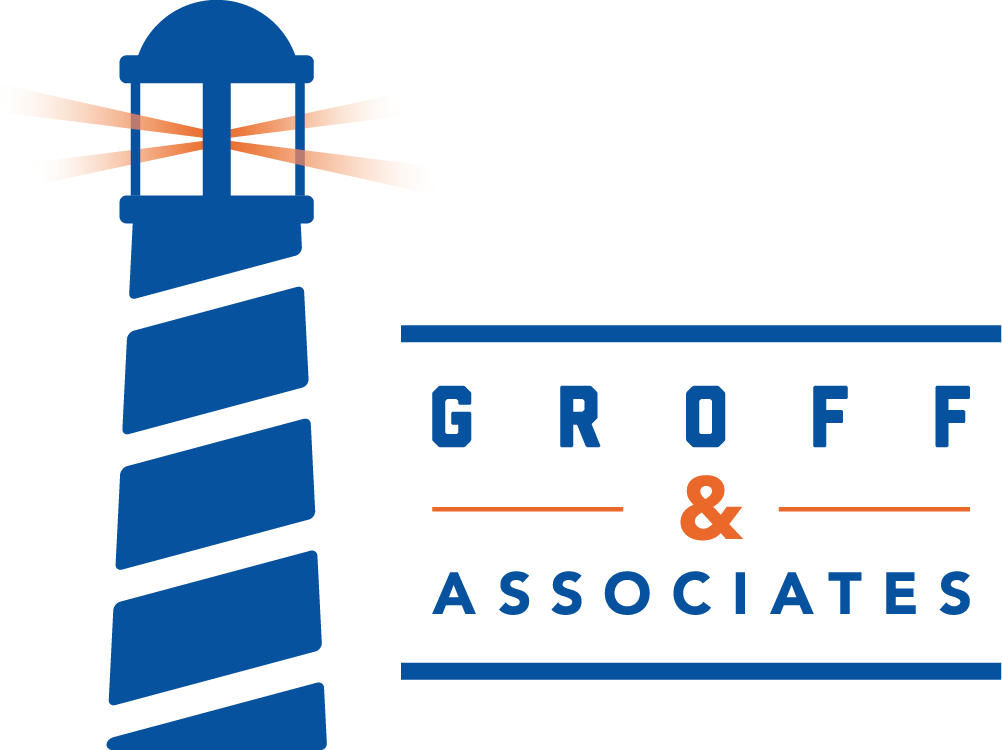
Are you stuck with past hurts and injustices? Are you in quicksand or are you stepping through quicksand? Are you ready to let it go?
As a therapist I get to listen to you and hear your story, your struggles, and your pain. Your story reveals feelings, emotions, and behaviors that you may not be fully aware of or conscious of. Your feelings and emotions must be dealt with realistically to allow forward movement toward the healing process.
Are you holding on to memories of past hurts, injustices, beliefs, and unhealthy associations that keep you captive in stale mate?
Are you blaming him, her or others for your pain caused by the hurt you experienced?
Know that blaming hurts you more (not the other person) when you continue to ruminate about the past of what you cannot change. Are you stuck?
Just know that it is crucial to your mental and physical health to acknowledge and express your hurt; get it all up and out of your system.
This part of the process is called letting go; releasing yourself from what you have no control or power over. Not taking any responsibility from the offender, you may very well find out that you may have had some part in this as well that brought about the hurt.
Letting the hurt come up and out of you can start the healing process that you deserve.
You have the choice to remain hurt (victimized) or to pull yourself up and out of the quicksand you have been pondering in for such a long time. Are you in your own quicksand that holds you back from moving forward or stepping through it?
You have the choice to let go and release yourself from what you have no control over.
According to Mathews (2016), “Letting go is all about facing and dealing with reality. Holding on is all about bargaining. Bargaining is when we tell ourselves all manner of things that are not true, in order to keep holding on.” Does this sound like you?
Holding on and not being able to let go keeps you in bondage to your offender, the very one you need to let go of.
Mathews (2016) states, “Rather than deluding ourselves by making ourselves believe we have all kinds of powers we don’t have, letting go is about facing the facts. We don’t have the power to change other people. We don’t have the power to fix other people. We can’t influence them to change—we have no power to do that.”
Letting go and releasing yourself from the unwanted hurt and pain you experienced is a process just like everything else.
As a therapist, these words are not uncommon: “But you don’t understand. How do I let go?” You don’t have to go through the process alone. Help is available for you when you are ready to let go and move forward.
Reference
Mathews, A. 2016, Psychology Today 2019 Sussex Publishers, LLC
